Geologists examine what unfolded after that asteroid hit. Richard A Lovett reports.


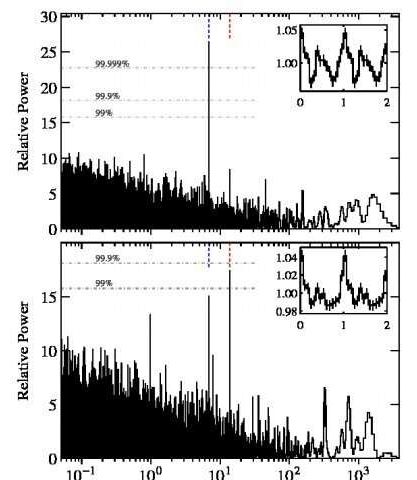
An international team of astronomers has detected a new high-mass gamma-ray binary (HMGB) in the Milky Way galaxy. The newly found HMGB, designated 4FGL J1405.1–6119, is one of only a handful of such objects discovered to date. The discovery was announced in a paper published August 28 on the arXiv pre-print repository.
HMGBs consist of an OB star in orbit with a compact object. In these systems, interactions between the two objects result in an emission with spectral energy distribution (SED) peaks above 1.0 MeV. They are assumed to be precursors to high-mass X-ray binaries (HMXBs).
HMGBs are very rare objects. Astronomers estimate that there are about 100 still undetected HMGBs residing in our home galaxy. Moreover, many known gamma-ray sources of as-yet unknown nature, could potentially be high-mass gamma-ray binaries.

PD Aerospace is developing a PD engine that can be used both in the atmosphere and in space. They plan to reach an altitude of 100 kilometers in 2020. https://www8.cao.go.jp/space/policy/suborbi/dai1/siryou2-2.pdf
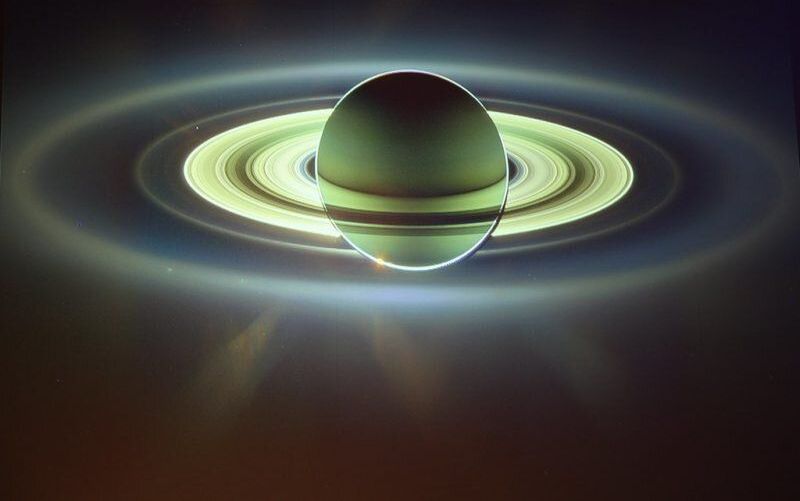
Saturn may be doing a little electromagnetic shimmy and twist which has been throwing off attempts by scientists to determine how long it takes for the planet to rotate on its axis, according to a new study.
Discovering the length of a day on any planet seems like a straightforward task: Find some feature on the planet and clock it as it rotates around once. Or, if it’s a gas giant like Jupiter, which has no solid surface features, scientists can listen for periodic modulations in the intensity of radio signals created within the planet’s rotating magnetic field.
And then there is Saturn, which for decades has defied attempts to pin down out its exact rotation period. Now a new study in AGU’s Journal of Geophysical Research: Space Physics may have finally unveiled the gas giant’s trick for hiding its rotation, and provide the key to giving up its secret.
The strongest magnet in the Universe enters our Solar System. What would happen?
China plans to launch an artificial moon to light up the night skies and save electricity. What would be the consequences?
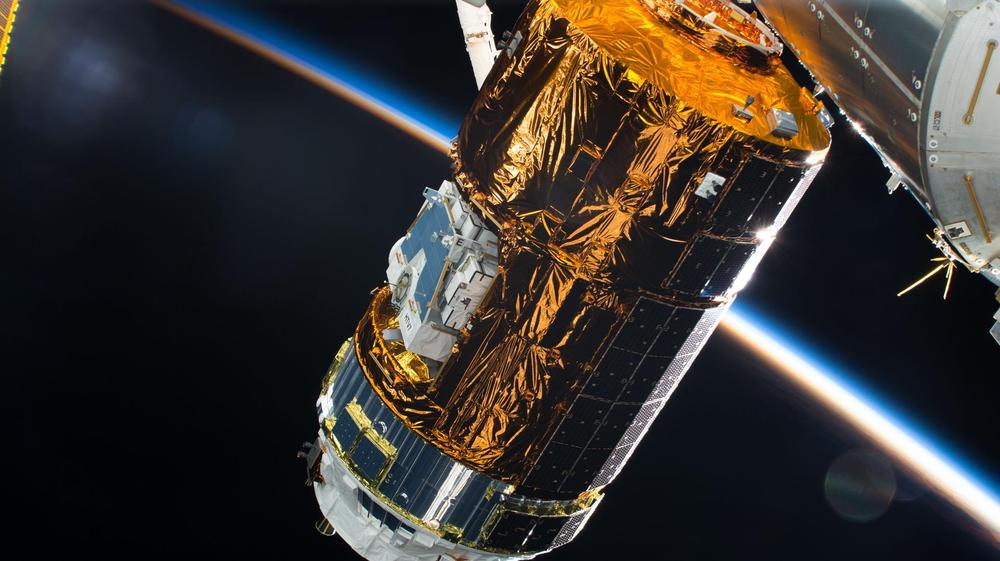
A Japanese cargo spacecraft loaded with more than four tons of supplies, spare parts and experiment hardware is scheduled to launch from the Tanegashima Space Center in southern Japan to the International Space Station at 5:33 p.m. EDT Tuesday, Sept. 10 (6:33 a.m. Sept. 11 in Japan). Live coverage of the launch and capture will air on NASA Television and the agency’s website.
The Japan Aerospace Exploration Agency (JAXA) unpiloted H-II Transport Vehicle-8 (HTV-8) will launch on a Japanese H-IIB rocket on the tenth anniversary of the first HTV cargo spacecraft launch. Live coverage will begin at 5 p.m.
The spacecraft will arrive at the station Saturday, Sept. 14. Live coverage of the spacecraft rendezvous and capture will begin at 5:30 a.m. Expedition 60 Flight Engineer Christina Koch of NASA, backed up by her NASA crewmate Andrew Morgan, will operate the station’s Canadarm2 robotic arm from the station’s cupola to capture the 12-ton spacecraft as it approaches from below. Robotics flight controllers will then take over the operation of the arm to install HTV-8 to the Earth-facing port of the Harmony module where it will spend a month attached. Flight Engineer Luca Parmitano of ESA (European Space Agency) will monitor HTV-8 systems during its approach to the station.

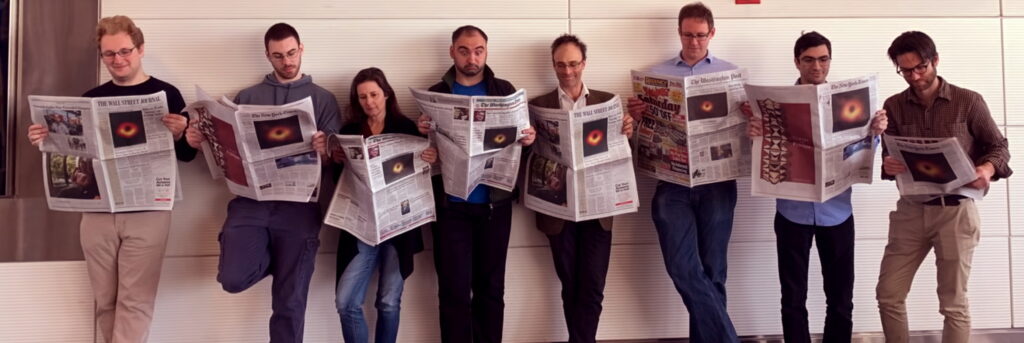
Yesterday (Sep 5, 2019), the Breakthrough Prize Foundation awarded $21.6 million US dollars to the scientists behind a stunning achievement. They imaged a black hole. Although the image was announced and released 5 months ago, the story is still unfolding.
Yesterday (Sep 5, 2019), the Breakthrough Prize Foundation awarded $21.6 million US dollars to the scientists behind a stunning achievement. They imaged a black hole. Although the image was announced and released 5 months ago, the story is still unfolding.
The Breakthrough Prize is funded by Russian-Israeli billionaire Yuri Milner. It is the highest-paying science prize for researchers in life science, math, and physics.
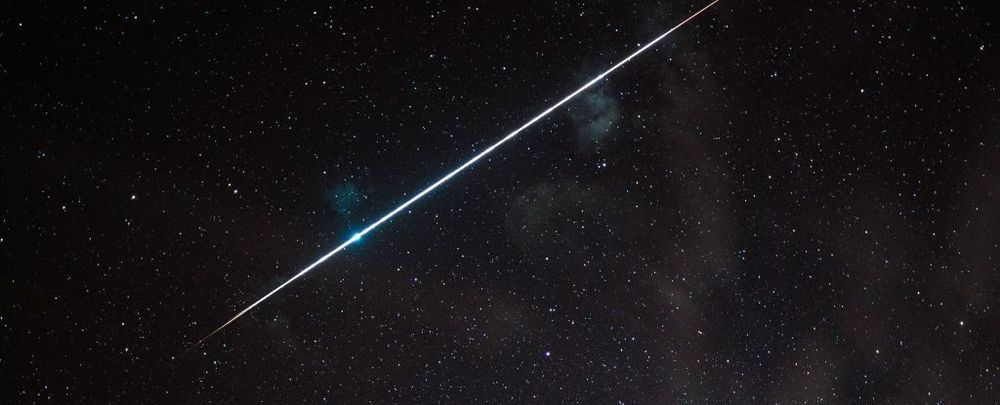
Circa 2018
When gold hunters in Russia collected the yellowish stone in 2016, they thought it might contain a precious metal. It didn’t — but what it did contain was far more rare and valuable.
The rock had come from space, and it contained a new, never-before-seen mineral.
It has yet to be officially documented, but scientists have named it uakitite, after the Uakit region in Siberia where the meteorite fell.